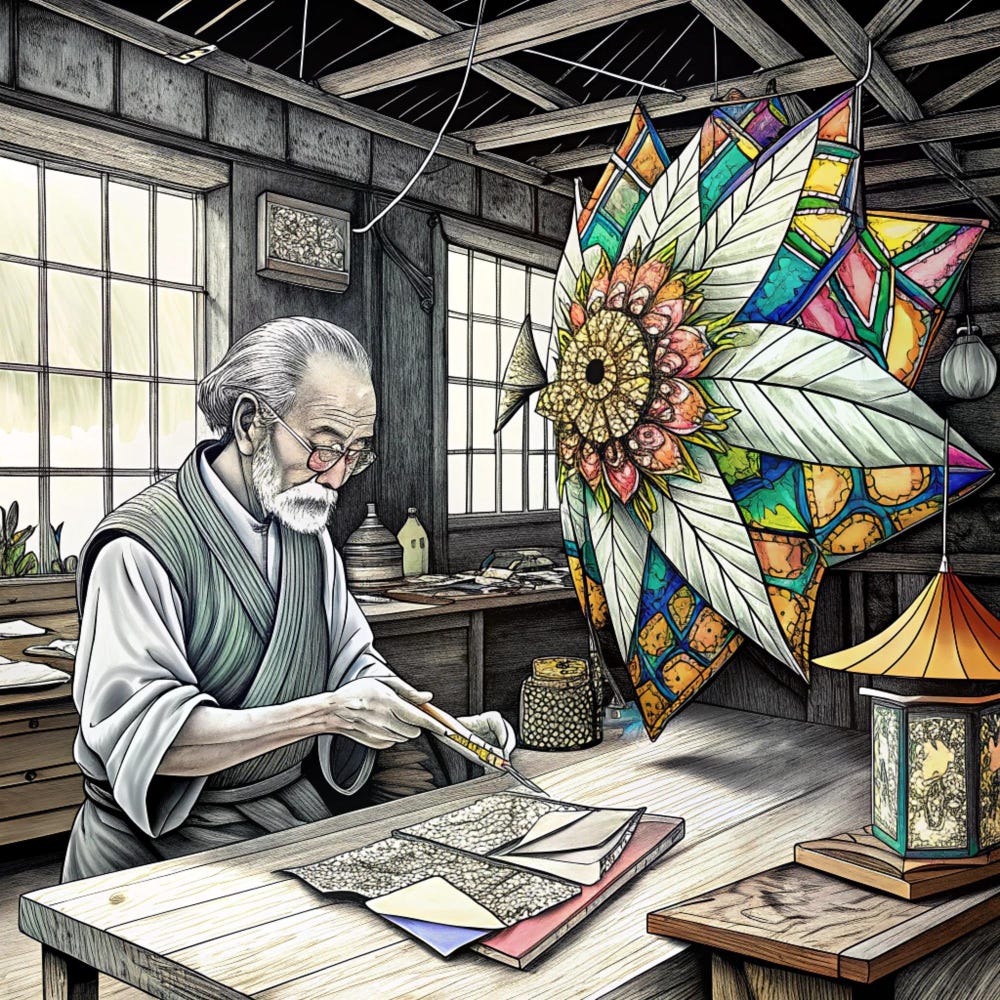The Mediocre Competition is Winning -- For Now
In a world drowning in AI-generated content and $5 logos, being an exceptional designer has become a curse.
Let me drop a truth bomb that nobody wants to acknowledge: mediocre designers are making more money than exceptional ones. Yes, you read that right. While you're perfecting your kerning and obsessing over color psychology, someone is churning out generic templates and making bank.
The Painful Reality
Here's the irony: clients don't want your meticulously crafted masterpiece. They want what their competitor has, but in blue. They want what they saw on Template Monster, but with their name on it. They want what AI can generate in 30 seconds, but with a human to blame if things go wrong.
The market has created a bizarre ecosystem where:
Template resellers outperform custom design studios
AI tools are replacing $1000 projects with $10 solutions
Clients prefer "safe" mediocrity over risky brilliance
Speed trumps quality, every single time
The Mathematics of Mediocrity
Let's be brutally honest. A brilliant designer might spend 20 hours crafting the perfect logo for $2000. Meanwhile, a template-tweaking designer can modify 20 pre-made logos in the same time, charging $200 each. That's $4000 for essentially copying and pasting.
The real kicker? The clients are often happier with the template-based designs because they look "professional" – meaning they look exactly like everything else out there.
The Plot Twist: The Great Design Recession
But here's where it gets interesting – we're witnessing the early stages of what I call "The Great Design Recession." As mediocre design floods the market, something unexpected is happening: bad design is becoming invisible. When everything looks the same, nothing gets noticed.
And this is where exceptional designers find their revenge.
The real difference between good and bad designers isn't in their technical skills or tool proficiency. It's in their ability to make people feel something. While mediocre designers solve visual problems, exceptional designers solve emotional ones.
The Silent Screamer Effect
Think about it: in a world where everyone is shouting with the same template-based visuals, the most powerful voice might be the whisper of authentic design. We're entering an era where:
Generic design is becoming visual white noise
Brand fatigue is making consumers blind to templated designs
The human touch is becoming the new luxury
Originality is the only way to be visible
Why Good Design Matters More Than Ever
Here's the ultimate irony: while mediocre designers are making more money today, they're simultaneously making their work less valuable for tomorrow. Every templated logo, every AI-generated banner, every cookie-cutter website is contributing to their own obsolescence.
Good design isn't just about looking different – it's about making people feel different. In a world of digital noise, good design is the only thing that can:
Break through template blindness
Create genuine emotional connections
Build lasting brand memories
Speak to the human soul in a way no algorithm can
The New Designer's Manifesto
The real challenge isn't choosing between profitability and creativity. It's about understanding that we're not just designing visuals – we're designing voices. In a world where everyone has access to the same tools, templates, and AI, the only thing that can set a brand apart is its authentic voice.
The future belongs to designers who can:
Use templates and AI as tools, not crutches
Create emotional experiences, not just visual solutions
Design for human connection, not just conversion
Build voices, not just visuals
The Final Paradox
So yes, mediocre designers might be making more money today. But they're also creating tomorrow's problem: a world so visually uniform that only truly exceptional design will have any value at all.
And that's when the real designers will have their day.


